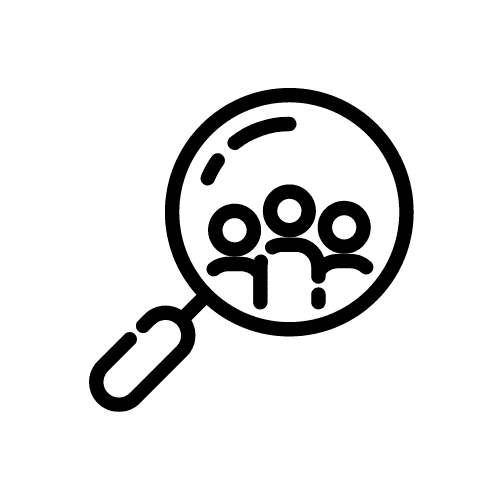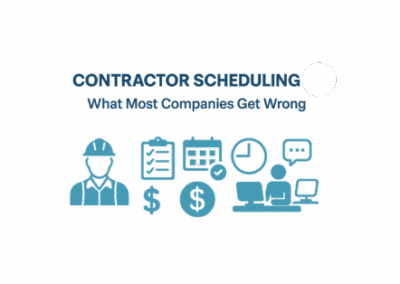Workforce analytics is a powerful tool that can help businesses grow by providing valuable insights into their workforce. By collecting and analyzing data on employee performance, engagement, and satisfaction, businesses can gain a deeper understanding of their workforce and identify areas for improvement. With this information, businesses can make data-driven decisions that can increase productivity, improve employee retention, and drive business success.
Leveraging workforce analytics can help businesses identify high-performing employees, create effective development programs, and optimize recruitment strategies. This can help businesses attract and retain top talent, which is essential for growth. Additionally, by monitoring employee engagement and satisfaction, businesses can identify and address factors that may be impacting employee motivation and productivity.
Benefits of Leveraging Workforce Analytics
Identify Inefficiencies
One of the key benefits of workforce analytics is that it allows businesses to identify areas of inefficiency and waste within their operations. By analyzing data on employee productivity, businesses can identify employees who are underperforming and take steps to improve their performance. By reviewing data on employee turnover, businesses can identify factors that are contributing to high turnover rates and take steps to reduce them.

Recruitment and Retention
These analytics allows businesses to identify areas where they can improve their recruitment and retention efforts. Businesses can identify the traits and qualifications that are most important for success within their organization, and use this information to guide their recruitment efforts through the insights gathered from workforce analytics. Similarly, by analyzing data on the factors that contribute to employee satisfaction and engagement, businesses can identify ways to improve the work environment and employee engagement, which can help to reduce turnover rates.
Identifying and developing talent
By analyzing data on employee performance, employers can identify areas where employees need training or development. Workplace analytics can be used to track employee progress and determine the effectiveness of training programs. By monitoring employee engagement and satisfaction, employers can also identify factors that contribute to employee retention and motivation. This data can also be used to identify high-potential employees and tailor development programs to their specific needs. Overall, workplace analytics can provide employers with a comprehensive understanding of their workforce, which can be used to improve talent development and drive business success.
Improving compliance
Through the analysis of data on employee performance, employers can identify and address areas where employees may not be following company policies or procedures. Additionally, workplace analytics can be used to track employee compliance with regulatory requirements such as those related to safety, data privacy, and equal opportunity. This can help employers identify and address any non-compliant behaviour, such as discrimination or harassment.
How you can start leveraging your analytics?
To leverage workforce analytics to grow your business, it is important to first establish clear goals and objectives for your analysis. This will help to ensure that your analysis is focused on the most important areas and that the insights you gain are actionable. Once you have established your goals and objectives, you will need to gather and organize your data. This may involve working with your IT department to extract data from various systems, such as your HR and payroll systems, and then cleaning and preparing the data for analysis.

Once your data is prepared, you can use a variety of analytical tools and techniques to gain insights into your workforce. Some of the most common tools used in workforce analytics include descriptive statistics, regression analysis, and data visualization. Descriptive statistics can be used to summarize your data and provide an overall picture of your workforce, while regression analysis can be used to identify relationships between different variables and predict future outcomes. Data visualization can also be used to help you understand your data and identify patterns and trends.
One important aspect of workforce analytics is to make sure that the insights you gain are communicated effectively to key stakeholders within your organization. This could be done through regular reporting, dashboards, or other visualization tools. This will help to ensure that the insights are understood and acted upon by the right people within the organization.
It’s crucial to establish a continuous improvement program that allows you to track and measure the impact of the actions taken based on the insights gained from workforce analytics. This will help to ensure that the changes made are having the desired impact and that the organization is seeing real improvements as a result of the analysis.
Final Thoughts
Workforce analytics can be a powerful tool for businesses looking to grow and improve their operations. By leveraging data and statistical analysis, businesses can gain valuable insights into the productivity and efficiency of their workforce, and take steps to improve performance and reduce inefficiency. However, it’s important to establish clear goals and objectives, gather and organize data, use appropriate analytical tools, communicate insights effectively, and track progress to ensure that the insights are actionable and have a real impact on the business growth.




